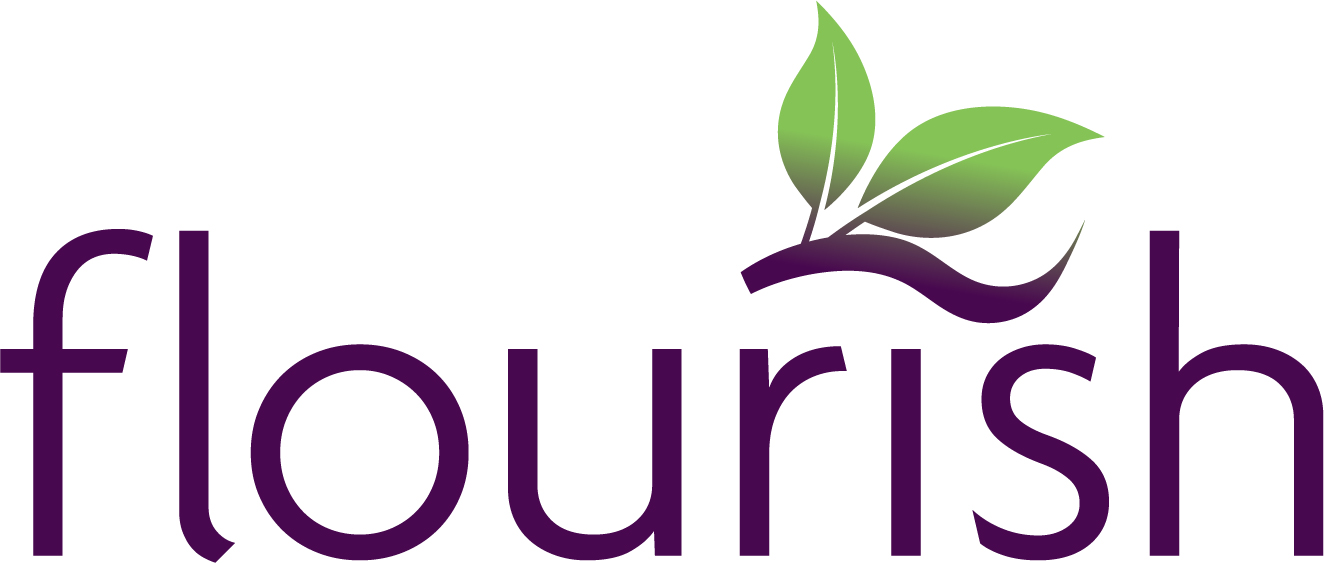Chinese medicine is a distinct and complex system of medicine that has been in existence for over 3000 years. Its' theory and practice was developed by observing nature's cycles and changes. The Chinese noted that cycles and changes in our surrounding environment are mirrored in our own bodies' physiology.
Chinese medicine theory asserts that energy or "qi" runs in regular patterns or channels in the body. These channels called meridians are like river systems flowing through the body. When in balance they nourish and irrigate the tissues and our body is in harmony. When the river is obstructed or depleted symptoms occur.
Acupuncture and Chinese herbal medicine can unblock, help redirect, and nourish the river so that imbalances are corrected and the body's natural healing ability can take place.
Your Chinese medicine treatment may entail the use of the following modalities:
- Acupuncture is the use of thin needles inserted in specific points along the body to move the "qi" or energy. From a western perspective acupuncture has been found to be effective by releasing of pain-relieving endorphins, stimulating circulation, and influencing the release of neurotransmitters (substances that transmit nerve impulses to the brain).
- Moxibustion or "Moxa" is the heating of acupuncture points or needles in the points with dried herb sticks to activate and warm the acupuncture point(s).
- Cupping is the heating an application of glass cups to create a suction on the skin. This is done to relieve stagnation of qi and blood, e.g. tight muscles or pain from injury. In some treatments the cups are moved across the body which feels like an intense massage.
- Chinese herbal medicine may be given in the form of teas, pills, and capsules to supplement acupuncture treatment.
